Now Reading: Top 5 Best Places to Visit in Kheda for Temples, Nature & Heritage
-
01
Top 5 Best Places to Visit in Kheda for Temples, Nature & Heritage
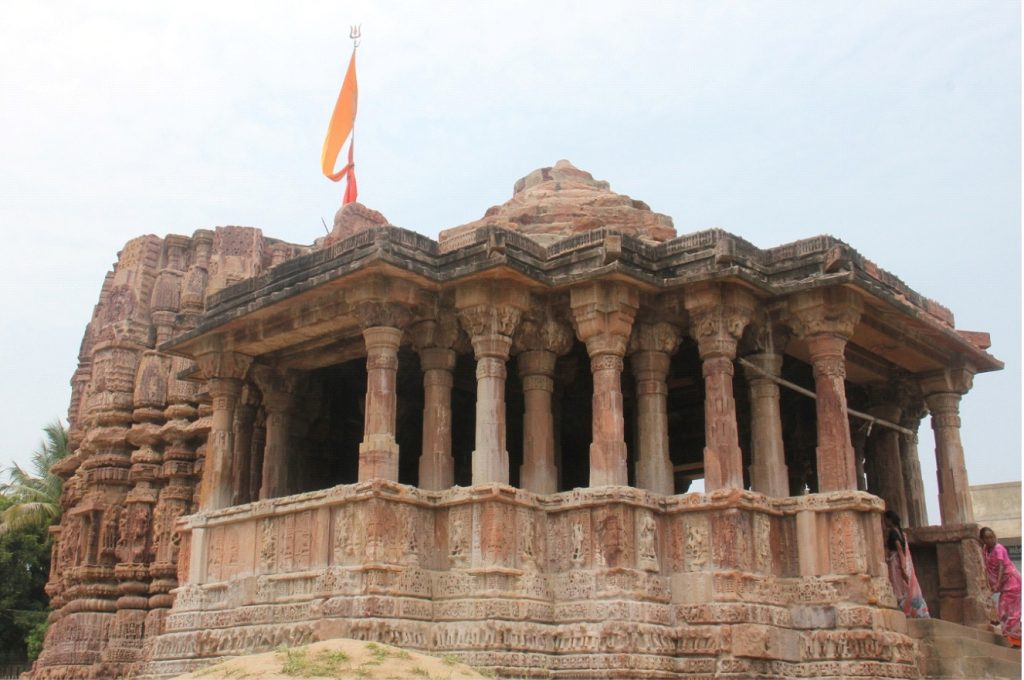
Top 5 Best Places to Visit in Kheda for Temples, Nature & Heritage
1. Galteshwar Mahadev Temple

The famous religious and historical site Galteshwar Mahadev Temple exists within the Thasra taluka in Kheda district of Gujarat. People from devotee groups visit this ancient temple because it sits at the junction where Mahisagar river meets Galti river. Religious visitors from all over the year number more than 25 lakh individuals as the temple stands among the foremost regional pilgrimage centers near Dakor’s Thakorji at a 10 to 12 km distance.
History
For numerous centuries Galteshwar Mahadev Temple has stood as a hub of Hindu mythology along with cultural traditions. триadic worship takes place in Lord Shiva through his manifestation as a Shivalinga at the temple. The combination of names Galteshwar comes from the time when Rishi Galav chose this holy site to build his residence while meditating.
The temple presents visible ancient craftsmanship through its elaborate stone carvings on its extensive architecture. A unique characteristic of this temple stands in its unfinished pinnacle structure also known as shikhara. Year after year multiple attempts to finish the summit resulted in its unfinished condition which creates an enigmatic character to its historical legacy.
Believers consider Galteshwar Mahadev Temple as a place of sacred importance because worshipping Lord Shiva there allows devotees to receive divine favor and see their desires fulfilled. Maha Shivratri, Shravan month along with other Hindu festive days attract many visitors to the temple for elaborate rituals and sacred ceremonies.
Believers find religious fulfillment and natural beauty through the sacred meeting point of the Mahisagar and Galti rivers at the temple. Mediation and relaxation experience become possible within this peaceful location where flowing waters release peaceful sounds.
2. Ranchhodrai Temple

Dakor sits within the Kheda District of Gujarat where its main attraction is Ranchhodrai Temple which draws numerous devotees throughout the year as a sacred shrine of Shree Krishna. The temple rests against the banks of sacred Gomati lake within Dakor Bazaar’s center as it continues to follow its historic and mythical traditions. A fortified wall encloses the temple which welcomes numerous visitors who seek divine blessings and historic understanding.
History
The foundation of Ranchhodrai Temple emerged in 1772 A.D. after Gopal Jagannath Ambekar a shroff from the Peshwa’s court in Poona received divine instructions from Lord Krishna (Ranchhodji) during a dream to build an incredible temple. Ranchhodji as a name signifies “he who left the battlefield” to emphasize Krishna’s divine role protecting peace because this title alludes to his battlefield withdrawal.
Throughout Dakor the residents hold dear the story of Bhakta Bodana who demonstrated great devotion to Lord Krishna. Krishna reportedly blessed Bodana’s loyal devotion by traveling with him from Dwarka to Dakor. The Lord touched a neem branch during his rest at the spot between Umreth and Dakor and transformed the bitterness into delicious sweetness. This mystical occasion remains present in devotional hymns which continue to be sung to honor the sacred event.
Traditional woodcarving along with intricate designs combine in the temple structure which houses a throne plated in silver and gold that the Baroda Gaekwad rulers presented. The main idol of Ranchhodrai which occupies 1 meter height with 45 cm width rests on black touchstone while dressed in gold and jewels with premium garments. Lord Krishna’s grand representation within this facility creates a true Spiritual and Architectural masterpiece because of the temple’s historical artistry.
Ranchhodrai Temple stands as a major religious Krishna temple in Gujarat where people gather in large numbers for Janmashtami events together with Holi and Kartik Purnima festivals. During these festivals massive spiritual activities take place that combine magnificent ceremonial marches and extensive devotional musical events and massive crowds of devotees who come seeking divine blessings.
Visitors from all parts of India visit this temple grounds because it functions as a center for Vaishnavism. Believers seek divine purification because they consider Gomati Lake near the temple to be sacred and take blessings by bathing in its waters.
3. Santram Temple

Shree Santram Maharaj gained distinction as a great saint from the Avadhut tradition who found his sanctuary at Santram Temple in Nadiad. Thousands of devotees visit the temple because it radiates faith and peacefulness as well as divine wisdom.
History
Shree Santram Maharaj made his journey to Nadiad from Girnar where people referred to him as Girnar Bawa and Vidhay Baava and Sukh-Sagji. When Mehta Santram arrived in Nadiad during 1872 he launched an entirely new spiritual period for this town. Throughout 15 years of his life he dedicated himself to leading the community through spirituality while providing guidance and doing divine good deeds. He entered Samadhi on the 1887 full moon day leading to a permanent spiritual heritage.
The Santram Temple in Nadiad serves as both commemorative marker and active place of worship which enables devotion and meditation and provides service to the community. The establishment functions both as a sanctuary for prayer alongside a social institution that creates and sustains welfare programs supporting education and wellness initiatives in the area.
Every year devotees representing Shree Santram Maharaj’s followers observe Purnima (full moon day) to honor his Samadhi at the temple. The religious presence fills the air during periods of devotional songs along with prayers and spiritual teachings. Numerous followers attest that spending time at this temple together with prayer brings them harmonious tranquility as well as divine assistance and spiritual benefits.
The spiritual influence of Santram Maharaj reaches different cities of Gujarat through Santram Temples which now exist in Nadiad as well as Vadodara, Karamsad, Umreth, and Surat. The temple establishments maintain Maharaj’s doctrine which teaches both devotion and selfless service to bring about spiritual transformation in people.
4. Kund Vav

Kund Vav stands as an ancient stepwell which rests at the town of Kapadwanj in Kheda District. The water reservoir built by Siddharaj Jaysingh served multiple purposes as it stored water for the community while becoming a place renowned for its divine qualities and remarkable design.
History
The leader Siddharaj Jaysingh found Kapadwanj suitable for settlement when his army explored Kheda District because the region was once heavily vegetated with forest cover. Somadat Pandit led his existence as a learned scholar within the court but suffered from leprosy when this time came. A historical legend states that Somadat Pandit fell into a water puddle that now stands at the spot of Kund Vav. Due to the miraculous healing of his illness by this water source local people developed superstitious beliefs about divine holy powers of this water.
The healing waters of the puddle motivated religious philanthropist Siddharaj Jaysingh to build Kund Vav as a magnificent stepwell on this blessed spot. The water reservoir function of the stepwell concurrently assumed spiritual meaning while serving as a dependable water source.
The excavation team and Kapadwanj residents found two sacred idols of Narayan Dev and Mahalakshmi during the digging process at Kund Vav and these religious icons remain in worship today. The discovery of ancient idols at the site enhanced its religious and cultural value making it a significant place of worship for followers along with scholars of history.
Kund Vav represents traditional Gujarat architecture through its multiple levels and symmetrical staircases along with beautifully carved pillars just like other stepwells in the region. The stepwell design shows medical workmanship from the past while representing Gujarat’s traditional water conservation architecture.
The historical monument Kund Vav maintains religious together with spiritual importance for visitors. There exist several theological beliefs that the stepwell contains curative powers and being sanctified. The structure attracts numerous visitors to experience its beautiful design and to delve into its historical accounts about its beginnings.
5. Natural beauty paradise, Pariej

The breathtaking natural site of Pariej within the Gulf of Khambhat area provides visitors with both stunning lakes and an abundant range of wildlife and numerous bird species as well as rich biodiversity. This quiet location combines extensive wetlands with scenic views which attracts nature enthusiasts together with birdwatchers and eco-tourists.
The Lakes of Pariej
- The three main lakes exist in Pariej according to official records.
- The largest lake in Pariej measures 12 sq. km in extent while its average depth reaches 8 ft yet it can reach 10.5 ft in depth.
- The Small Lake performs an important role by nourishing wildlife in our area.
- Ratadewar Lake represents a notable body of water which enriches the natural attractiveness of the area.
- These lakes receive water from both the Ahinkal River and Narmada Canal thus developing an active ecological framework inhabited by many types of birds and aquatic life.
A Haven for Birdwatchers
- Tracking the various bird species in Pariej has drawn wildlife enthusiasts from all nation-wide regions. Several bird species dwell within the suitable wetlands habitat at this location.
- Out of all bird species the Payvar and Aayavar appear commonly along the lakefront area.
- Saras Crane (Saras Beldi) – The most famous bird species of this area. Its graceful body stands among the sky-completing birds together with its melodious vocalizations earning its recognition.
- Ornithologists and photographers find the lake advantageous because many migratory birds visit during certain seasons.
- In India Saras cranes exist exclusively between Gujarat and Uttar Pradesh thus making Pariej Lake one of the small number of natural habitats where visitors can observe these noble birds.
Eco-Tourism and Government Initiatives
- The government of the state has undertaken initiatives to develop Pariej into a major tourism destination because of its ecological value. Plans include:
- Developing bird-watching towers for visitors.
- More investment will be directed at developing eco-tourism services through guided activities and walking trails in the area.
- Government officials work to safeguard the abundant biodiversity present in the lakes.
Visit Pariej
The destination at Pariej will fascinate all types of travelers who appreciate nature or birds or look for serenity among scenic landscapes. People seeking respite from urban life can discover an excellent escape at this place because of its peaceful water and beautiful environment and wide range of animal species.
related articles : Top 4 Best Places to Visit in Dahod for Nature, Heritage & Spirituality












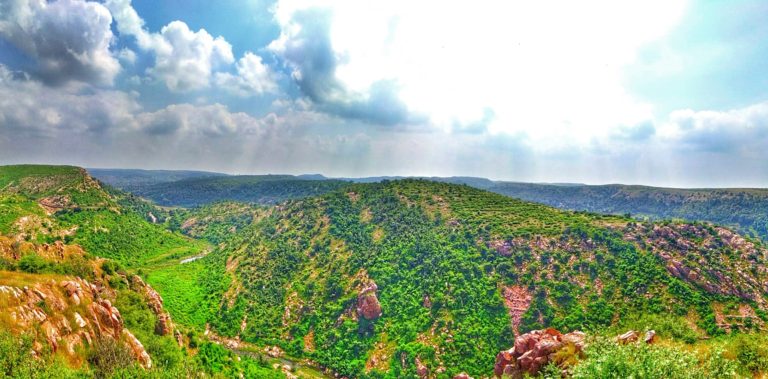

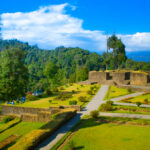
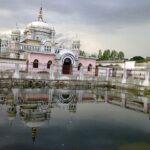
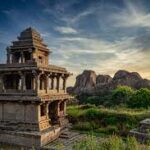
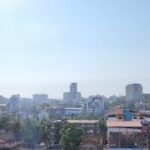
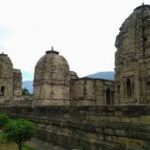

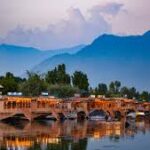
Pingback: Top 3 Best Places to Visit in Mahisagar – Complete Travel Guide